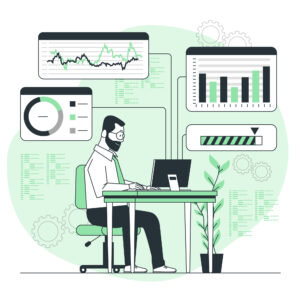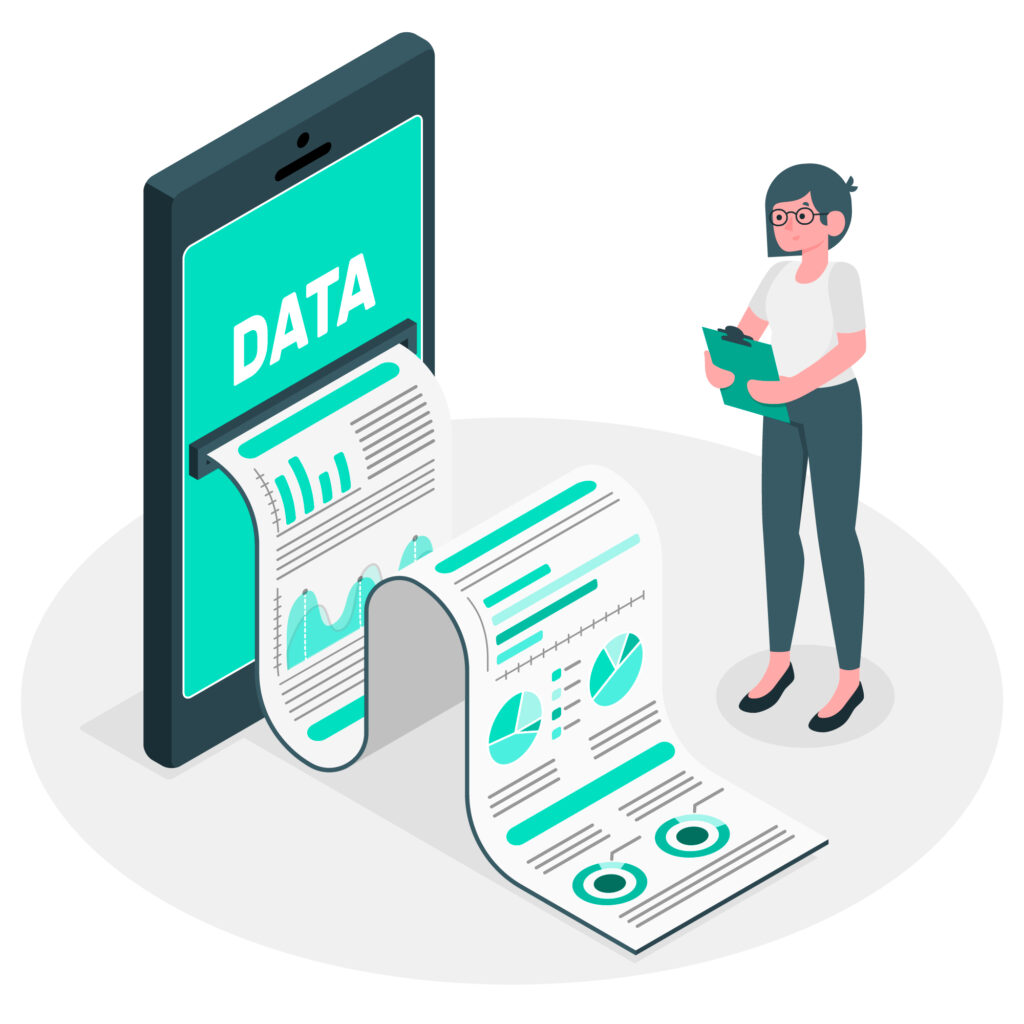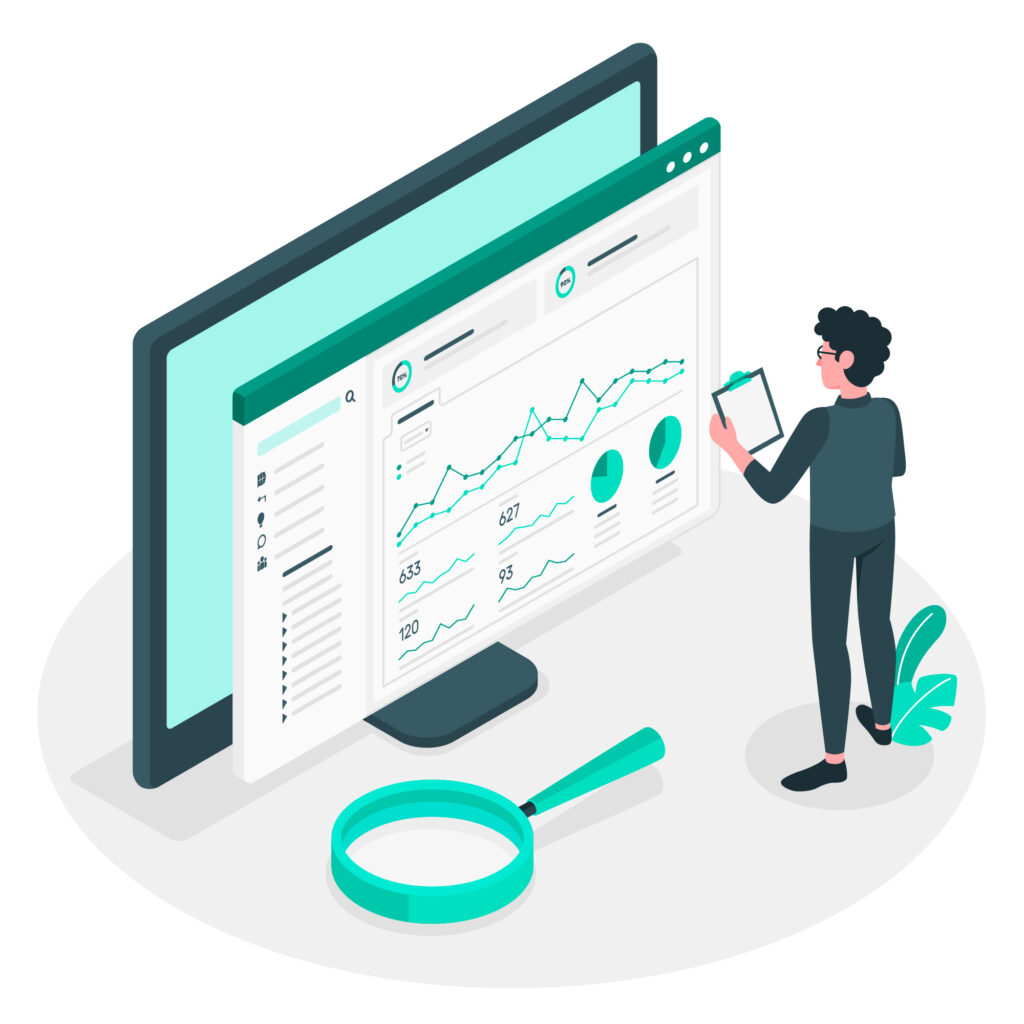Managing historical data sets has long been a challenge for growing organizations.
Data gains in complexity each time the company scales. Whether it’s customer information, compliance documents, operational records, or transaction logs. The shift to digital tools has indeed improved accessibility, but the real breakthrough has come from Saas platforms that specialize in streamlining data flows.
Cloud-based software has also removed many of the traditional limitations of local storage or legacy systems. Teams no longer need to be tied to a single office. There’s no need to maintain expensive hardware anymore to access or update critical data. Instead, people rely on purposefully built SaaS solutions. They automatically sync, backup, and organize information in real-time. Solution to all problems.

These are some key reasons why the cloud computing market was worth $752.44 billion in 2024. Grand View Research forecasts its growth at a 20.4% CAGR between 2025 and 2030.
This article explores how SaaS platforms are transforming the way organizations manage data.
Handling Sensitive and High-Volume Data
This change has become particularly noticeable in industries that manage highly sensitive or heavily regulated data. For example, firms handling environmental impact assessments, health risk documentation, or legal research now require platforms that can scale fast. This is particularly true for industries where demand can grow quickly.
Consider the legal industry, where the number of lawsuits against a particular company can increase exponentially if it has impacted the masses. An example of this is aqueous film-forming foam (AFFF), which is formulated with per- and polyfluoroalkyl substances (PFAS).
As TorHoerman Law states, AFFF is very effective at stopping oil-based fires. However, some of the PFAS chemicals used in AFFF are carcinogenic. Therefore, many firefighters or military personnel who have used AFFF have developed various forms of cancer, such as kidney, bladder, testicular, etc.
These individuals have even filed a firefighter foam lawsuit against AFFF manufacturers. A total of over 13000 cases have been filed in the AFFF multidistrict litigation. Of these, 9,342 are still open as of May 2025. Organizations managing documentation for such cases can use SaaS solutions to manage data. These solutions are capable of quickly classifying, storing, and retrieving thousands of records while also complying with data privacy rules.
What compliance standards do SaaS platforms typically support for sensitive data?
Most SaaS platforms follow industry-specific compliance standards like HIPAA, GDPR, SOC 2, and ISO 27001. These standards define how data must be stored, accessed, and managed. SaaS vendors build trust with users by undergoing independent audits to verify compliance. They publicly show how delicate data is handled.
Automation as a Catalyst for Efficiency
As for the company-data interactions, automation tools have influenced this field rapidly. Rather than relying on staff to manually manage data, SaaS platforms use built-in logic to handle many tasks automatically.

Nowadays we have smart forms, scheduled workflows, and notification systems to ensure processes move forward, and there is no need for constant manual input. For instance, once a new data file is uploaded, the system can alert the appropriate team and trigger any necessary follow-up tasks. This destroys any chance for delays caused by forgotten emails or outdated spreadsheets.
Improving data quality is another key advantage of automation. According to McKinsey and Company, there are many data quality issues companies face, such as:
- Incomplete data
- Incompatible systems
- Slow data access speed
- Insufficient understanding of sources
- Architectural limitations, etc.
Copy-pasting data between tools and inconsistency in naming patterns usually cause many errors to occur. SaaS platforms reduce these risks through their functionality. Standardized input fields, drop-down menus, and preset options prevent most of the related issues. In some systems, machine learning is also used to suggest tags or identify duplicate entries.
Can automation in SaaS platforms adapt to changing business rules over time?
Yes, many SaaS platforms allow users to adjust or create new automation rules as their business evolves. Whether it’s a shift in approval processes or an update to how records are routed, these systems are built to be flexible. This allows automation to stay aligned with current workflows and goals.
Transforming Data into Actionable Insights Via Visualization
Data usefulness is directly proportional to the insights it provides. With the explosion of available information, organizations need more than raw numbers; they need visual clarity. Charts, graphs, and dashboards are no longer nice-to-have features. They are essential components of any SaaS platform built for decision-making.
For executives and department leads, thoroughly examining long reports can be too time-consuming. Instead, they rely on at-a-glance views that summarize performance, highlight trends, and flag issues before they escalate. These visuals are updated in real-time, offering a live look at business metrics such as customer churn, service response times, etc.
As a Forbes article states, data visualization is the key to supporting strategic decision-making. Here’s how it supports leaders to make the right decision:
- Simplifies complex data
- Reveals trends and patterns
- Enables quick decision-making
- Supports a data-driven culture
- Detects anomalies
- Supports strategic planning
In the context of complex data management, visualization also helps make sense of patterns that would otherwise remain hidden. For instance, a team tracking product defects might notice that a return spike coincides with a particular supplier batch. With the right dashboard, this insight is immediate, allowing faster corrective action.
Visualization features stay relevant to user roles and reflect the priorities. For example, a sales team might see pipeline velocity and lead status, while a support team monitors resolution times and satisfaction scores. This way, each team gets customized data without information overload.
Strengthening Security Without Complicating Access
One of the early concerns about adopting cloud-based tools was the risk to data security. That concern has long been proven unreasonable, with SaaS platforms demonstrating their ability to protect sensitive information while keeping it accessible to authorized users.
Modern platforms offer end-to-end encryption and detailed permission controls that limit access based on roles or departments. These measures are critical for organizations that handle confidential or regulated data.
Monitoring access details (who, what, when, and where) instills confidence in teams regarding their data’s security. At the same time, SaaS platforms make it easy to share data with the right people. Whether a vendor needs access to a document or a manager reviews team performance, permissions can be granted and revoked in seconds.
Implementing a range of SaaS security best practices is key to safeguarding your corporate and customer data:
- Implement single sign-on
- Enable multifactor authentication
- Employ data encryption
- Consider Cloud Access Security Broker (CASB)
- Use SaaS Security Posture Management (SSPM)
- Maintain situational awareness
SaaS providers also make significant investments in important areas, such as security audits, achieving compliance certifications, and continuous threat monitoring. Now, every organization that uses a reputable SaaS provider gains access to this level of protection.
What steps can organizations take to further secure data beyond what SaaS provides?
SaaS tools, combined with internal security policies, drastically enhance organizations’ security. But even with built-in protection means, end-user awareness and governance policies stay crucial for strong data security levels.

Organizations keep enhancing security by combining SaaS tools with internal practices, such as strong password policies, regular access audits, and more. But that isn’t enough just yet. Even with built-in protections, end-user awareness and governance policies are crucial for maintaining a strong data security posture.
Currently, SaaS platforms are transitioning from simple tools to operational frameworks for businesses. To stay relevant, SaaS products need to grow. Flexibility nowadays is crucial, as data becomes more complex and decision-making should be more responsive to real-time information. Scalable and reliable software must also maintain that level of flexibility. In times of unexpected challenges, the right SaaS solution can make all the difference between reaction and readiness.
- Top 10 Best Sites to Buy Quora Upvotes - September 3, 2025
- How New Technology Is Changing the Face of Customer Support - August 18, 2025
- How SaaS Tools Are Streamlining Contractor Operations - August 14, 2025


